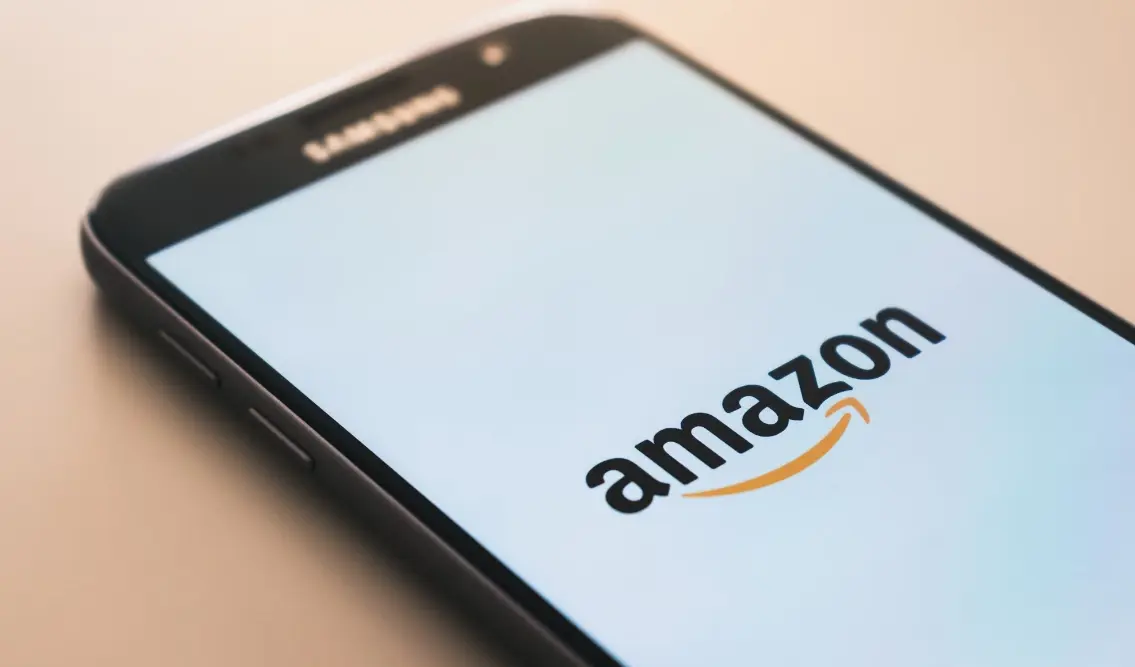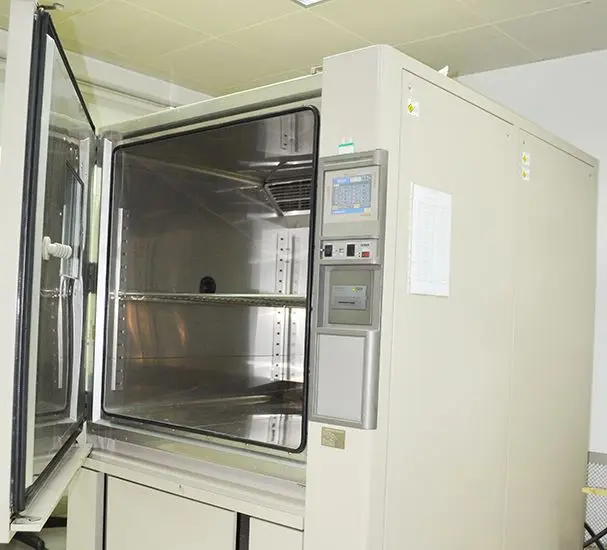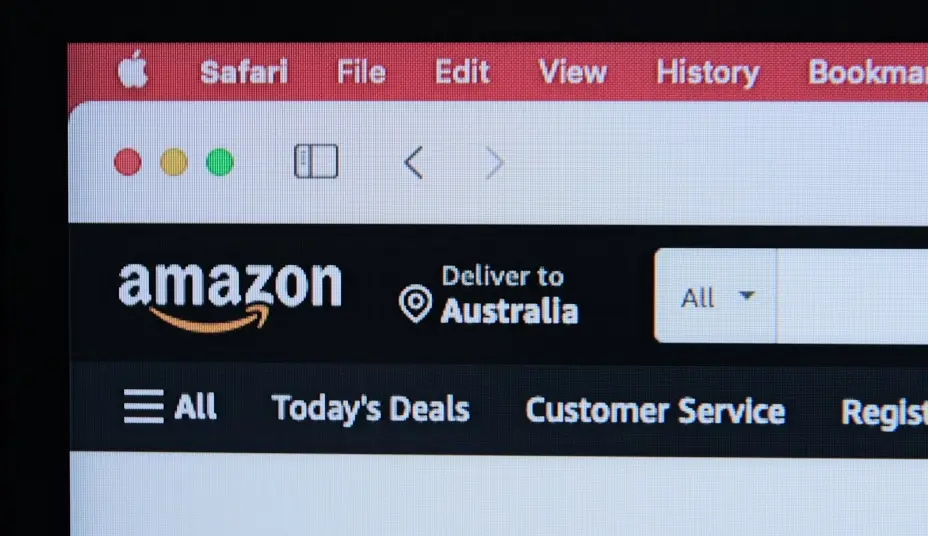
Cable RoHS Testing
As the core medium for power transmission and communication, cables continue to see increasing global demand. According to Grand View Research, the global cable market reached USD 285 billion in 2023 and is projected to grow at a compound annual growth rate (CAGR) of 5.8% from 2024 to 2030. Europe and North America, driven by the expansion of renewable energy infrastructure (e.g., wind and solar) and upgrades to smart grids, account for over 40% of the market share.
However, as environmental regulations such as the EU's RoHS Directive and the U.S. CPSIA become more stringent, Cable ROHS Testing has become a mandatory compliance gatewayfor entering international markets.
Why Do Cables Need RoHS Compliance?
Cables function as the “lifelines” of industrial equipment. The safety and compliance of cable materials directly impact both product environmental performance and end-user safety.
1.EU RoHS 3.0 (2019 Update):
Restricts six hazardous substances—Lead (Pb), Mercury (Hg), Cadmium (Cd), Hexavalent Chromium (Cr(VI)), Polybrominated Biphenyls (PBBs), and Polybrominated Diphenyl Ethers (PBDEs). It also includes four additional phthalates since 2021. Limits have tightened from 1000 ppm to 100 ppm for certain substances.
2.California Proposition 65 (Prop 65):
Requires consumer warnings if products contain substances such as cadmium or lead. Failure to comply may lead to legal liabilities.
3.Japan J-MOSS (Voluntary):
Though not mandatory, many major Japanese manufacturers like Toyota and Sony require suppliers to comply with RoHS standards.
Data Insight:
In 2023, EU customs reported that 12% of returned cable products were rejected due to RoHS violations, causing over €230 million in losses. In the U.S., 37% of recalls from the CPSC in the first half of 2024 involved cables exceeding heavy metal limits.
Non-compliance can result not only in lost orders but also in reputational damage to brands.
Key RoHS Requirements in Major Markets
Different regions prioritize different aspects of cable safety and environmental compliance. Here's how the core regulations vary:
1.European Union:
Applies RoHS 3.0 (Directive 2011/65/EU), which limits 6 hazardous substances and adds 4 phthalates. Companies must provide a Declaration of Conformity (DoC) and testing reports from ISO 17025-accredited third-party labs.
2.United States:
Requires compliance with CPSIA (H.R.4040) and California Prop 65. Lead must be ≤90 ppm, cadmium ≤300 ppm, and total phthalates ≤0.1%.
Children's cables must also meet CPSIA §101 (lead ≤100 ppm). Companies must disclose product risks under Prop 65.
3.Japan:
Follows the JIS C 3005 standard (voluntary). Although not legally enforced, it focuses on Pb, Hg, and Cd, and many appliance manufacturers require eco-labels such as “Lead-Free” or “Low Toxicity.”
4.Middle East (Saudi Arabia, UAE):
Enforces SASO 2827, equivalent to RoHS 2.0. The same 6 substances are restricted. Test reports must be issued by Saudi-approved labs, and saso certification is required.
Compliance Tip:
Two commonly overlooked areas are the EU’s 2021 phthalate restrictions and the U.S. requirements for children’s products. For example, a Chinese cable manufacturer lost a \$5 million contract due to untested DEHP in the cable jacket.
Why Choose China JJR Testing Laboratory
Given the complexity of global compliance, manufacturers need a testing partner that offers comprehensive accreditation, fast turnaround, and cost efficiency. JJR Testing Laboratory stands out with three major advantages:
1. Global Recognition & Seamless Report Acceptance
JJR is accredited by CNAS and is a member of ILAC-MRA. It also holds authorization from EU Notified Bodies and A2LA in the U.S.
rohs reports issued by JJR are accepted for ce marking in Europe, FCC certification in the U.S., and pse certification in Japan—eliminating redundant testing and saving valuable time.
2. Tailored Testing Plans for Regional Regulations
JJR provides customized solutions based on market-specific needs.
For example:
a. U.S. medical device cables include DEHP migration testing (limit ≤0.01%).
b. European photovoltaic cables are tested for heavy metal leaching under UV exposure.
These strategies ensure full alignment with updated EU and U.S. regulations.
3. 40% Cost Reduction & Faster Certification
Thanks to large-scale lab networks and automated processes, JJR can reduce testing costs by up to 40% compared to traditional labs.
Additionally, its one-stop service—from rohs testing to CE/FCC/UL certifications—can shorten certification timelines by up to 30%.
Email:hello@jjrlab.com
Write your message here and send it to us
 Electric Toy EN 62115 & EN 71 Testing
Electric Toy EN 62115 & EN 71 Testing
 What are ASTM F963 and CPSIA?
What are ASTM F963 and CPSIA?
 Comparison of ASTM F963 and EN 71
Comparison of ASTM F963 and EN 71
 How to get CSA C22.2 NO.256:14 Test Report?
How to get CSA C22.2 NO.256:14 Test Report?
 How much is the ISTA Amazon Packaging & Shippi
How much is the ISTA Amazon Packaging & Shippi
 Amazon Product Laboratory Testing Requirements
Amazon Product Laboratory Testing Requirements
 How to Get EPA Certificatio
How to Get EPA Certificatio
 What is EPA Certification in the United States?
What is EPA Certification in the United States?
Leave us a message
24-hour online customer service at any time to respond, so that you worry!




